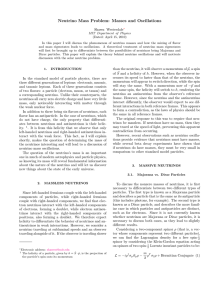ν ν ν ν ( ) E x Ee = / / dE dx E R e =
advertisement
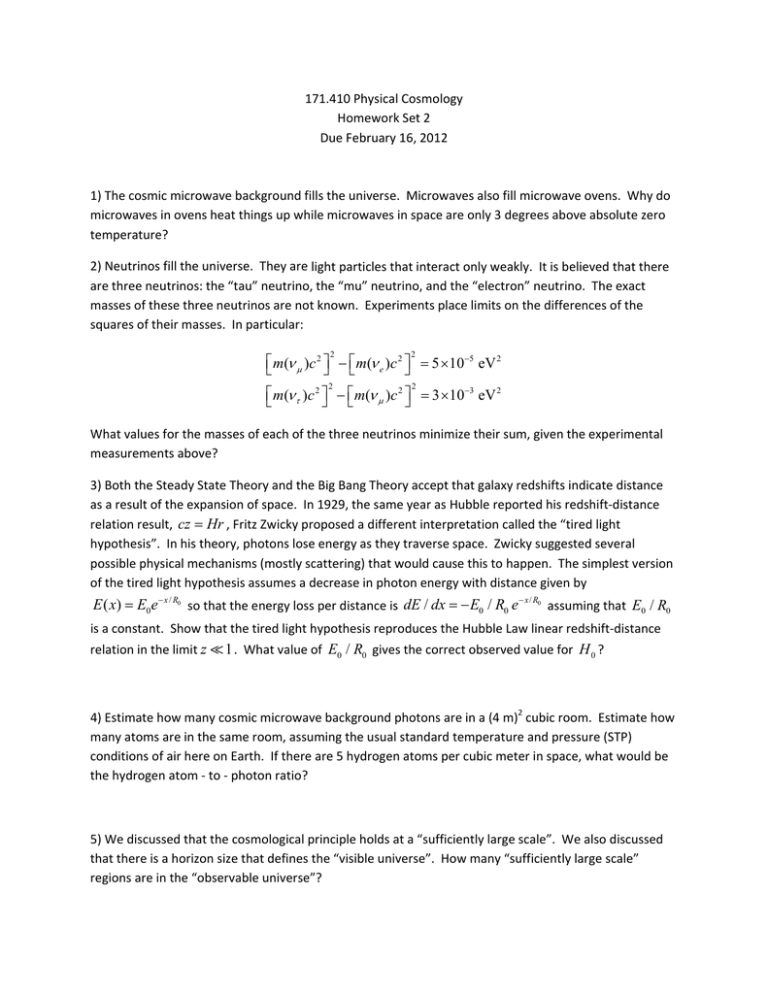
171.410 Physical Cosmology Homework Set 2 Due February 16, 2012 1) The cosmic microwave background fills the universe. Microwaves also fill microwave ovens. Why do microwaves in ovens heat things up while microwaves in space are only 3 degrees above absolute zero temperature? 2) Neutrinos fill the universe. They are light particles that interact only weakly. It is believed that there are three neutrinos: the “tau” neutrino, the “mu” neutrino, and the “electron” neutrino. The exact masses of these three neutrinos are not known. Experiments place limits on the differences of the squares of their masses. In particular: 2 2 2 2 m( )c 2 m( e )c 2 5 105 eV 2 m( )c 2 m( )c 2 3 103 eV 2 What values for the masses of each of the three neutrinos minimize their sum, given the experimental measurements above? 3) Both the Steady State Theory and the Big Bang Theory accept that galaxy redshifts indicate distance as a result of the expansion of space. In 1929, the same year as Hubble reported his redshift‐distance relation result, cz Hr , Fritz Zwicky proposed a different interpretation called the “tired light hypothesis”. In his theory, photons lose energy as they traverse space. Zwicky suggested several possible physical mechanisms (mostly scattering) that would cause this to happen. The simplest version of the tired light hypothesis assumes a decrease in photon energy with distance given by E ( x) E0e x / R0 so that the energy loss per distance is dE / dx E0 / R0 e x / R0 assuming that E0 / R0 is a constant. Show that the tired light hypothesis reproduces the Hubble Law linear redshift‐distance relation in the limit z 1 . What value of E0 / R0 gives the correct observed value for H 0 ? 4) Estimate how many cosmic microwave background photons are in a (4 m)2 cubic room. Estimate how many atoms are in the same room, assuming the usual standard temperature and pressure (STP) conditions of air here on Earth. If there are 5 hydrogen atoms per cubic meter in space, what would be the hydrogen atom ‐ to ‐ photon ratio? 5) We discussed that the cosmological principle holds at a “sufficiently large scale”. We also discussed that there is a horizon size that defines the “visible universe”. How many “sufficiently large scale” regions are in the “observable universe”?
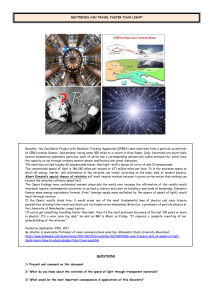


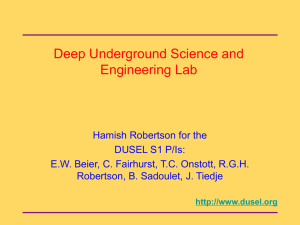
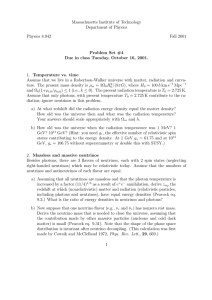
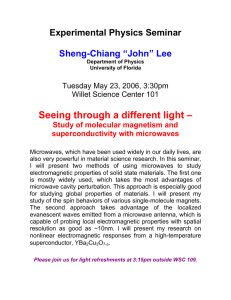

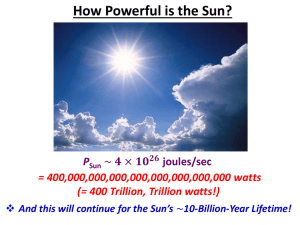
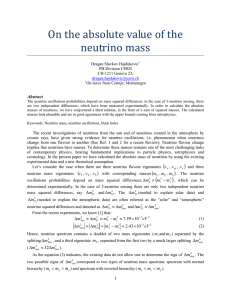
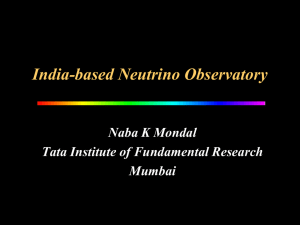
![arXiv:1603.09306v2 [astro-ph.IM] 26 Jul 2016](http://s2.studylib.net/store/data/018654750_1-06336619f6c1cf23ec6d19cf8477486f-300x300.png)
